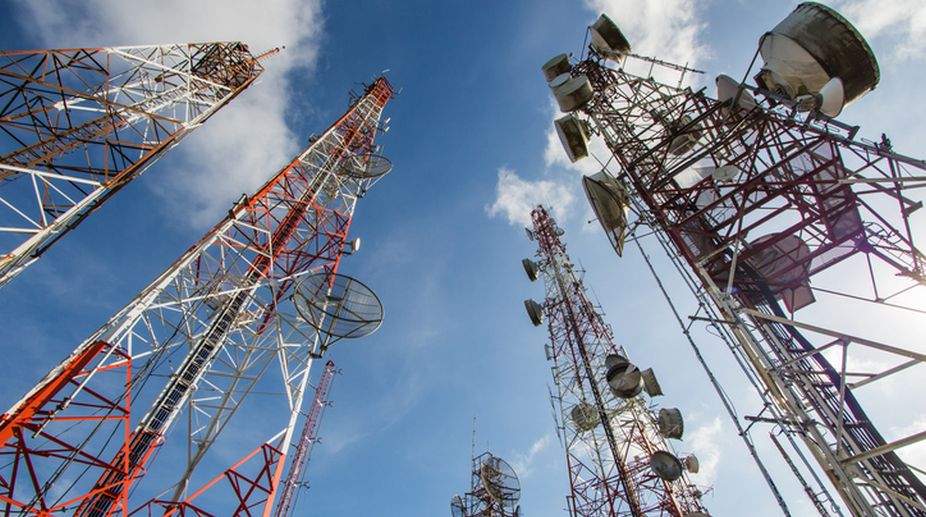Ahead of its 4G services rollout, state-owned BSNL is seeking 5MHz spectrum in the 2100 MHz band, which it wants to partly fund by offering additional equity to the government. Ahead of its 4G services rollout, state-owned BSNL is seeking 5MHz spectrum in the 2100 MHz band, which it wants to partly fund by offering additional equity to the government.
The acquisition of additional spectrum in the 2100 MHz band is critical for Bharat Sanchar Nigam Ltd (BSNL) for all- India rollout of 4G services through the Long Term Evolution route (a standard for high-speed mobile communication).
Advertisement
The Detailed Project Report (DPR) cleared by the BSNL’s Board of Directors on December 21 entails all aspects of the project, including capital expenditure and other expenses, but, more importantly, the spectrum required for an all-India 4G footprint.
BSNL currently has 5MHz spectrum in the 2100 MHz band that would be sufficient to get its 4G project rolling initially.But the telecom corporation — which currently offers 2G and 3G mobile services — will need additional 5MHz spectrum in the same band to expand the 4G services across the country.
When contacted, BSNL Chairman and Managing Director Anupam Shrivastava told PTI that the board has approved the DPR and the same will be submitted to the government shortly.
Explaining the proposal, he said that the corporation is seeking spectrum in the 2100 MHz band for all circles, except Rajasthan, where the company is looking for spectrum in the 800 MHz band.
The total tab, BSNL reckons, would be about Rs 9,600 crore. BSNL expects to pay half of this amount through equity route (by issuing additional shares to the government) if allowed, and the rest through revenue generated from business, he added.
“The only financial support that we are seeking from the government is for spectrum,” Shrivastava said referring to the 4G project.BSNL, which has 10 crore mobile customers, hopes that the soon-to-be-launched LTE-based 4G services will bolster its offerings to customers by allowing them to enjoy faster data speeds and improve user experience overall.
At the same time, the company has outlined an aggressive Wi-Fi blueprint and has already rolled out 16,000 hotspot sites.











